Situated along the Nairobi River in beautiful Kenya, the capital of Nairobi is East Africa's most cosmopolitan city. It serves as an excellent starting point for African safari trips around Kenya. Nairobi is Africa’s 4th largest city and is a vibrant and exciting place to be. There are some fascinating attractions: its cafe culture, unbridled nightlife, the National Museum, the Karen Blixen Museum and most notably, just 20 minutes from the city centre, wild lions and buffalo roam in the world’s only urban game reserve. Make sure you pay a visit to the elephant orphanage operated by the David Sheldrick Wildlife Trust for a once in a lifetime experience.
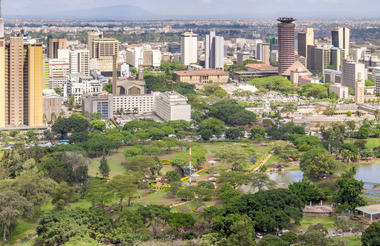
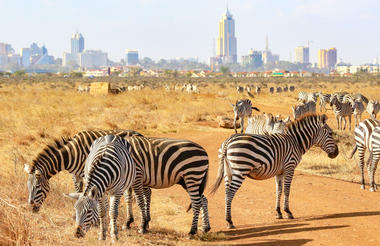
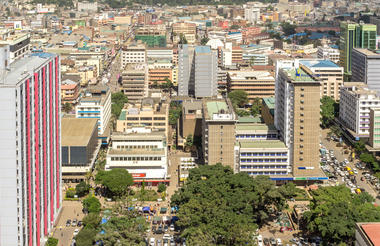
Nakuru is a fascinating city on the shores of western Kenya’s Lake Nakuru. The capital of Nakuru County located in the Great Rift Valley, about ten kilometres from the massive Menengai Crater. A hiking trail leads up to the rim of this ancient caldera, offering bird’s eye views over the lake and surrounds, and then plunges 400 metres down to the floor below, where visitors can walk among ancient forests. Lake Nakuru National Park, surrounding Nakuru, is home to exceptional birdlife, as well as over 50 varieties of mammals including lion, leopard, buffalo, zebra, giraffe, rhino, antelope and various primates. History and culture enthusiasts should make sure to visit the incredible Hyrax Hill prehistoric site.
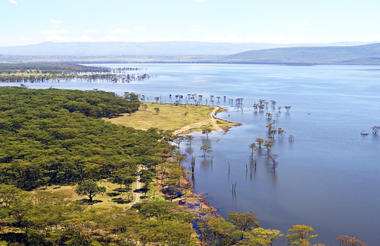
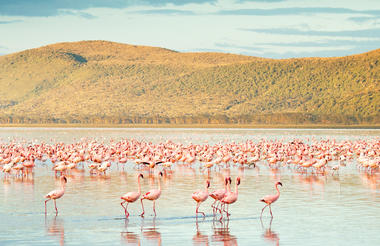
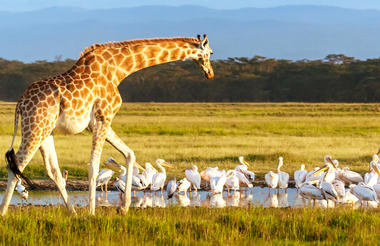
Situated in southwestern Kenya, the Masai Mara encompasses the celebrated national reserve and its surrounding community conservancies, forming part of the Greater Serengeti–Mara ecosystem. Rolling savannahs, dotted with acacia trees and crossed by the Mara River, create a rich and varied landscape. Vast herds of wildebeest, zebra, and antelope graze across the plains, while elephants, giraffes, and buffalo roam freely. The river’s lush banks support hippos and crocodiles and sustain wildlife throughout the dry season. Predators are abundant, with lions, leopards, cheetahs, and hyenas regularly seen in action. Each year, the spectacular Great Migration transforms the region, as millions of wildebeest and zebra traverse the plains. Visitors can soak up the breathtaking scenery, diverse wildlife, and Maasai cultural heritage in one of Africa’s most iconic safari destinations.
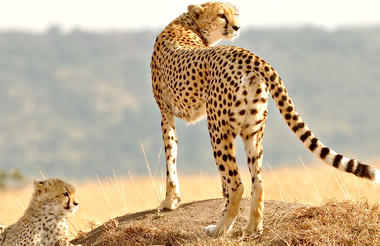
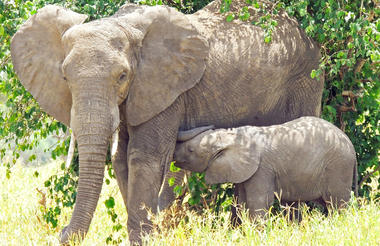
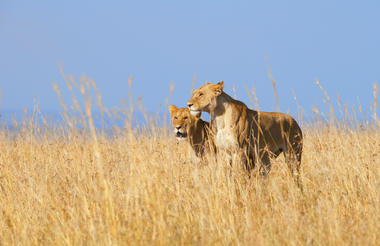
Tucked quietly between two of Tanzania’s most dramatic landscapes, Usa River—known locally as Ussa—is a small town resting between Ngurdoto Crater and Arusha National Park at the foot of Mount Meru. The surrounding countryside is a patchwork of farmland, coffee estates, and forested slopes dotted with small villages. Within the town, lively markets line the roads, filled with fresh produce, textiles, and handmade crafts. Visitors can cycle between Usa River and the nearby market town of Tengeru through farmland and villages, passing shaded and open areas that reveal local life, schools, and community centres for a relaxed, immersive cultural experience. Nearby trails lead to the Usa Springs Forest Reserve - also known as Kibola Forest - and the Meru Waterfalls, both known for scenic walks and rich birdlife. Dotted with eco-lodges and comfortable guesthouses, this gateway town is an ideal base for exploring the surrounding Lake Duluti, Arusha National Park, and the wider landscapes of northern Tanzania.
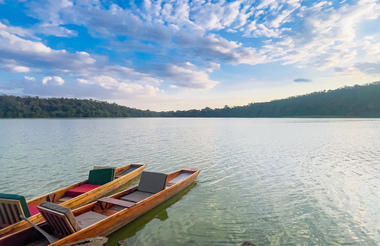
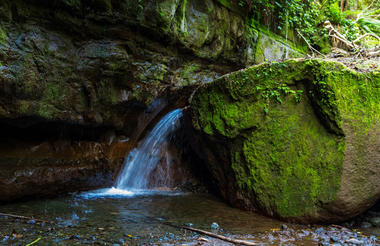
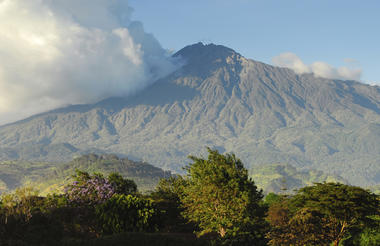
Situated in northern Tanzania, Tarangire National Park is a breathtaking safari destination famed for its dramatic landscapes and exceptional wildlife. Dominated by ancient baobab trees and the life-giving Tarangire River, the park provides sanctuary for vast herds of elephants, zebra, and wildebeest, alongside smaller groups of giraffe and impala, especially during the dry season when animals gather in extraordinary numbers. Travellers can look forward to thrilling game drives that reveal lion, leopard, and even cheetah, together with more than 500 bird species that make the skies shimmer with colour and sound. Unlike busier safari parks, Tarangire offers a more tranquil, intimate atmosphere, allowing visitors to truly connect with nature. Its sweeping vistas, rich biodiversity, and sense of untamed wilderness make it an unmissable highlight of any Tanzanian adventure.
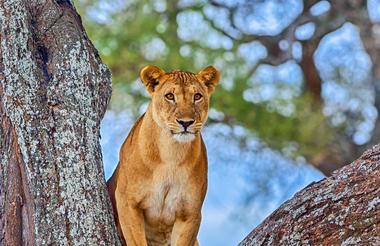
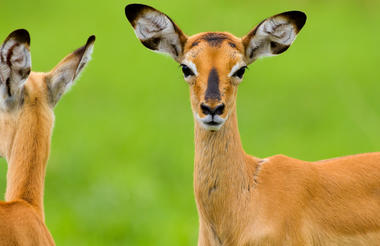
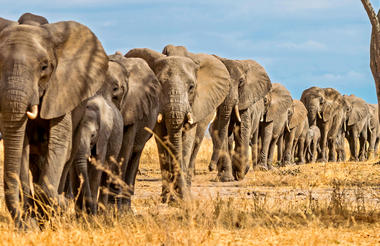
Ikoma is situated in Tanzania, east of the Serengeti National Park, at the base of the majestic Mt. Meru, Ikoma is surrounded by stunning natural beauty. Lake Manyara and the Ngorongoro Crater are both within easy driving distance, making Ikoma the perfect base for exploring the region. In addition to its natural wonders, Ikoma is also home to a number of great activities, including hiking, biking and bird watching. With so much to see and do, it's no wonder Ikoma is one of Tanzania's most popular tourist destinations. Other Highlights in the surrounding area include Lake Ndutu, and the Olduvai Gorge. Ikoma is also home to a number of Masai villages, where visitors can learn about the traditional culture and way of life. With its unique location and range of activities on offer, Ikoma is an ideal destination for those looking to explore the natural beauty and culture of Tanzania.



Travellers heading for the Serengeti and Ngorongoro Crater will pass through the town of Karatu in the green hills of Tanzania’s northern highlands. Presided over by the towering Ol Deani Volcano, this small, colourful town serves as a popular overnight stop for visitors exploring the area’s many game parks. The town offers a variety of activities including browsing the bustling marketplace, sampling beer at a local brewery, visiting a traditional homestead, or taking a guided walk through the Ngorongoro Forest in search of waterfalls and caves. Whether you are looking for cultural tours, hiking and biking opportunities, a chance to enjoy an authentic rural Tanzania experience, or simply a break between safari game drives, this underrated town has plenty to offer.








